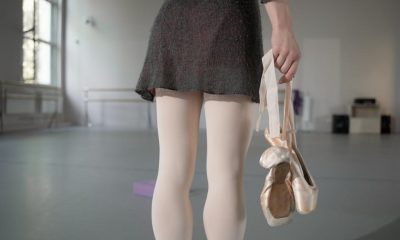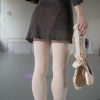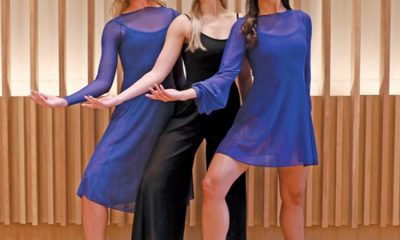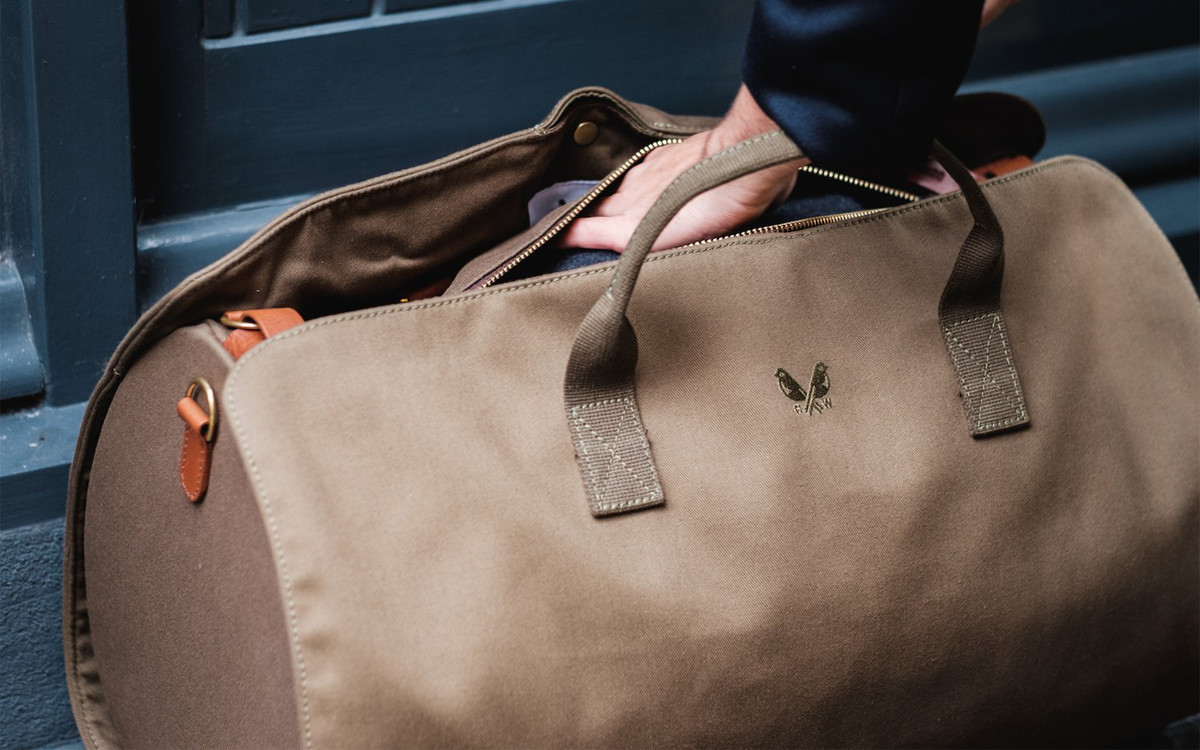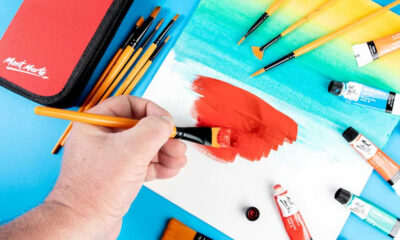Lifestyle
Rhythm on Your Feet: The Ultimate Tap Shoes Guide
Tap shoes aren’t just any shoes for dancing. They’re instruments that turn every step into music. Designed with metal plates on the heel and toe, they transform ordinary movement into rhythm and expression. However, their purpose goes beyond performance; they teach dancers coordination, timing and musicality while giving them a unique way to express themselves. If you’ve just started dancing and don’t know a thing about tap shoes, the following guidelines will help you get the ideal pair.
Style Range

Whether you’re aiming for show-stopping routines or simply enjoying the joy of rhythm, conquer the dance floor with ease with comfortable tap dance shoes that are made to last. Tap shoes, nowadays, come in a variety of styles, each designed to suit different levels of dancers, performance needs and personal preferences. The two most common styles are Oxford and Mary Jane.
Oxford tap shoes resemble lace-up dress shoes, offering strong support, durability and a professional look that’s favoured by advanced dancers and stage performers. Their snug fit helps create crisp, precise sounds, making them ideal for intricate footwork. Mary Jane tap shoes, on the other hand, are characterised by a single strap across the top of the foot, secured with a buckle or Velcro.
These are often the go-to choice for beginners and younger dancers since they’re easy to put on, comfortable enough and provide a secure fit without complicated lacing. Beyond these classics, there are also the character tap shoes, which feature a higher heel and are often used in theatrical productions for a more dramatic stage presence.
Jazz-style tap dance shoes combine elements of jazz shoes with taps, offering flexibility and a sleek look that appeals to contemporary performers. Additionally, split-sole tap shoes are available, allowing for greater flexibility and articulation in the arch of the foot while still producing strong sounds.
When on the hunt for the right style, the heel height and design are also important. Some dancers prefer a flat, low heel for stability and faster rhythms, while others choose higher heels for added elegance and projection on stage. Materials also vary, from glossy patent leather for a polished appearance to matte leather or synthetic materials for practicality and durability.
Construction
When it comes to the construction of tap dance shoes, it’s a careful blend of durability, comfort and sound quality. At the core, the shoes are designed with sturdy uppers, commonly made from leather, synthetic leather, or patent materials, that provide structure and support while allowing for flexibility during movement.
The metal taps, however, are the most distinctive feature attached to the heel and toe. These taps are usually secured with screws, allowing dancers to adjust or replace them to achieve the desired sound. The metal itself is crafted to produce clear, resonant tones that vary depending on weight, size and thickness.
Beneath the foot, the sole and insole are reinforced for stability and shock absorption. Some tap shoes use a full-sole design for maximum support, while others incorporate split soles for greater flexibility and articulation. A small fibreboard or wooden platform often sits between the sole and the taps, amplifying the sound when the shoe strikes the floor.
Heel construction also plays an important role. Higher heels add projection and style, while lower ones allow for speed and precision. Together, these elements create a shoe that is both functional and musical, enabling dancers to perform with comfort while producing crisp, rhythmic beats.
Additional Features to Look for

Aside from picking the ideal style and being familiar with the construction, it’s important to consider additional features that can enhance both comfort and performance. One key feature is cushioning and padding inside the shoe. Extra padding in the insole reduces foot fatigue, especially during long rehearsals or performances, while also providing shock absorption to protect joints.
Adjustable screws on the taps are another valuable feature, allowing dancers to tighten or loosen the taps for different sound qualities or to replace them when worn out. An additional aspect to look for is the lining material. Breathable linings help keep feet cool and dry, while soft linings prevent rubbing and blisters.
Some advanced tap shoes also feature soundboards, which are layers of fibreboard or wood between the taps and the sole that amplify sound and give dancers more control over tone. Heel design is another consideration; rubber grips on the bottom of the heel can prevent slipping without dulling the sound, offering a balance of safety and performance.
For younger dancers, shoes with Velcro straps provide convenience, while adults may prefer the secure fit of laces or buckles. These added features make a significant difference, turning a basic tap shoe into a tool that enhances precision, comfort and overall performance quality.
Care and Maintenance
Proper care and maintenance of tap shoes ensure they last longer and perform at their best. Always store them in a cool, dry place to prevent leather or synthetic materials from cracking. Wipe the shoes with a damp cloth after use to remove dust and dirt and occasionally polish leather styles to keep them looking sharp.
Check the screws on the taps regularly, tightening them if they loosen to maintain a clear sound and avoid damage. Lastly, avoid wearing tap shoes outdoors, as rough surfaces can dull the taps and wear down the soles.


